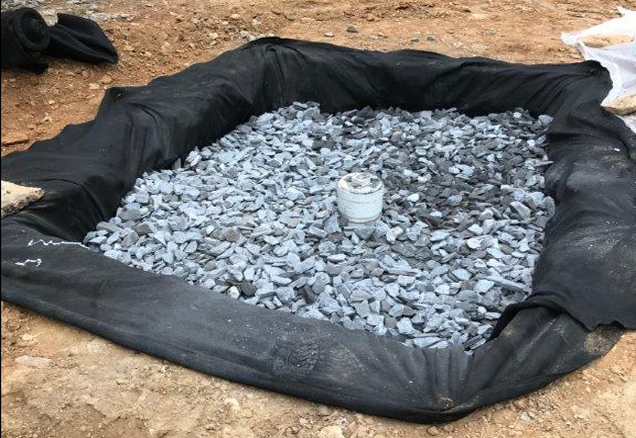Sediment Control for Single Family Lot Permit & Inspection Process

A Sediment Control Engineered Permit is required to construct a new home, or for an addition to an existing home if the total amount of area disturbed will be 5,000 square feet or more. The “Sediment Control Engineered Permit for Single Family Lots” process is used when construction occurs on an existing recorded lot. It may not be used for construction on multiple recorded lots or for townhouses, commercial properties, or other types of construction. The demolition of an existing home may be included. Stormwater management requirements must also be addressed as a part of this permit.
When constructing a new home in Montgomery County, an engineered sediment control permit is required.
Exceptions:
- If the proposed home is in the City of Gaithersburg or in the City of Rockville, you will need a permit from that jurisdiction. If the proposed home is in the City of Takoma Park, DPS will review and issue the sediment control permit but Takoma Park will review the plan for stormwater management requirements.
- In the case of catastrophic destruction of a home, Montgomery County will waive stormwater management requirements to construct a new home on the same residential property. However, a sediment control permit is still required. This waiver is subject to certain conditions.
Most single-family home projects need additional approvals or permits that are connected to or a part of the sediment control permit. It is important to know which of these may be needed for the project. Failure to obtain them in conjunction with the SC plan can delay permit issuance. Common examples include Right of Entry and SWM Maintenance Agreement, Small Lot Drainage, Building Permit Requirements, Floodplain District Permit, Roadside Tree Protection Plan and MNCPPC Forest Conservation Plan or Exemption.
A non-refundable filing fee must be paid at time of application. Many projects require the payment of other fees, specifically related to the individual project’s design. These are verified during the review and confirmed just prior to plan approval. These can include waiver fees in lieu of providing on-site stormwater management, fee in lieu for tree canopy ordinance compliance and fees for other related permits. All fees must be paid and a bond posted prior to permit issuance.
The process has two main steps: plan review and approval followed by permit issuance. Plan reviews typically take 2 – 3 weeks from time of submission or resubmission to completion of review. Most projects will go through two reviews but some will require more. Similarly, the time it takes for the designer to address comments impacts the overall time. Other factors may include project complexity and size, completeness and quality of the submissions, obtaining other approvals or permits, and staff workload.
